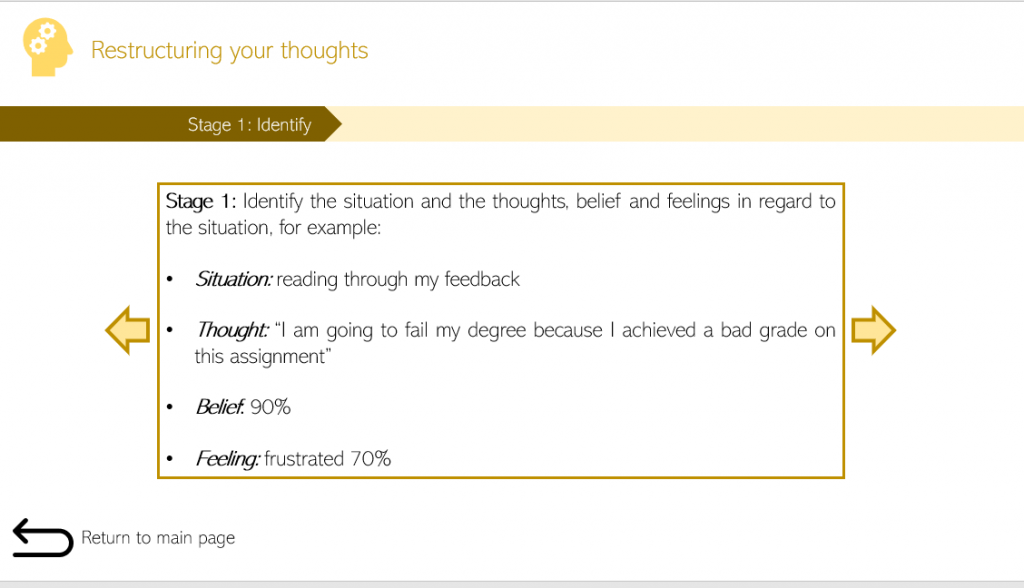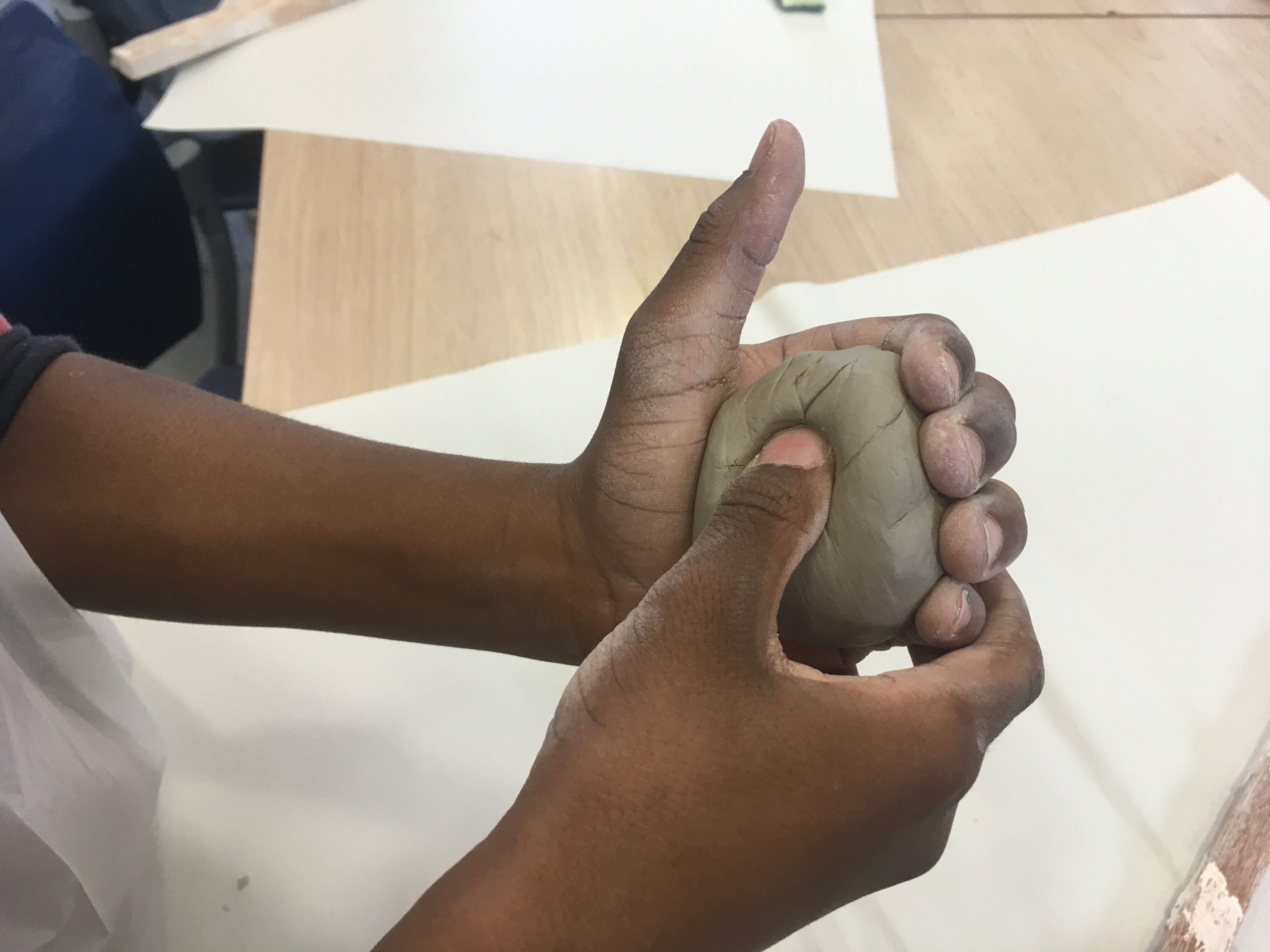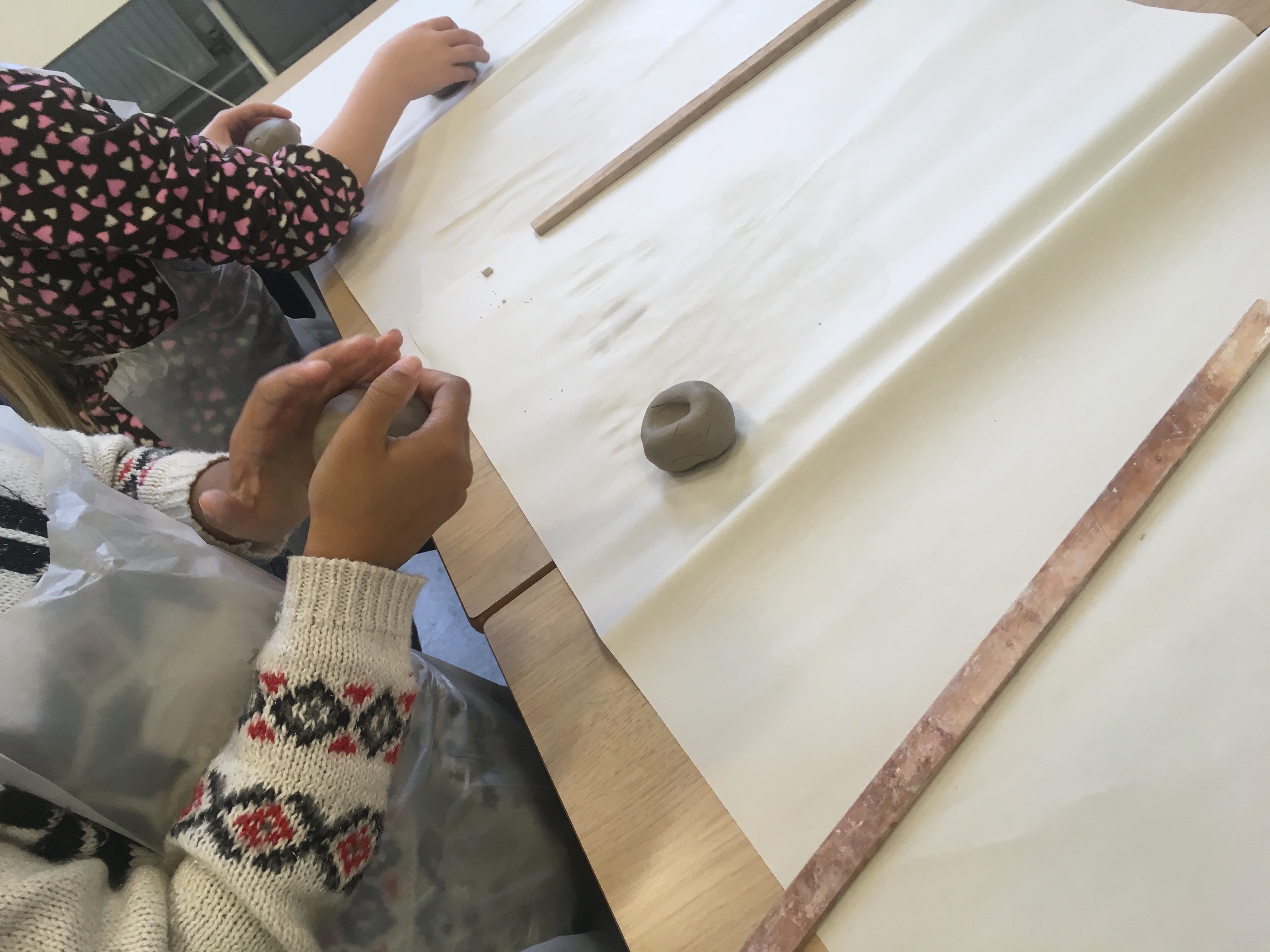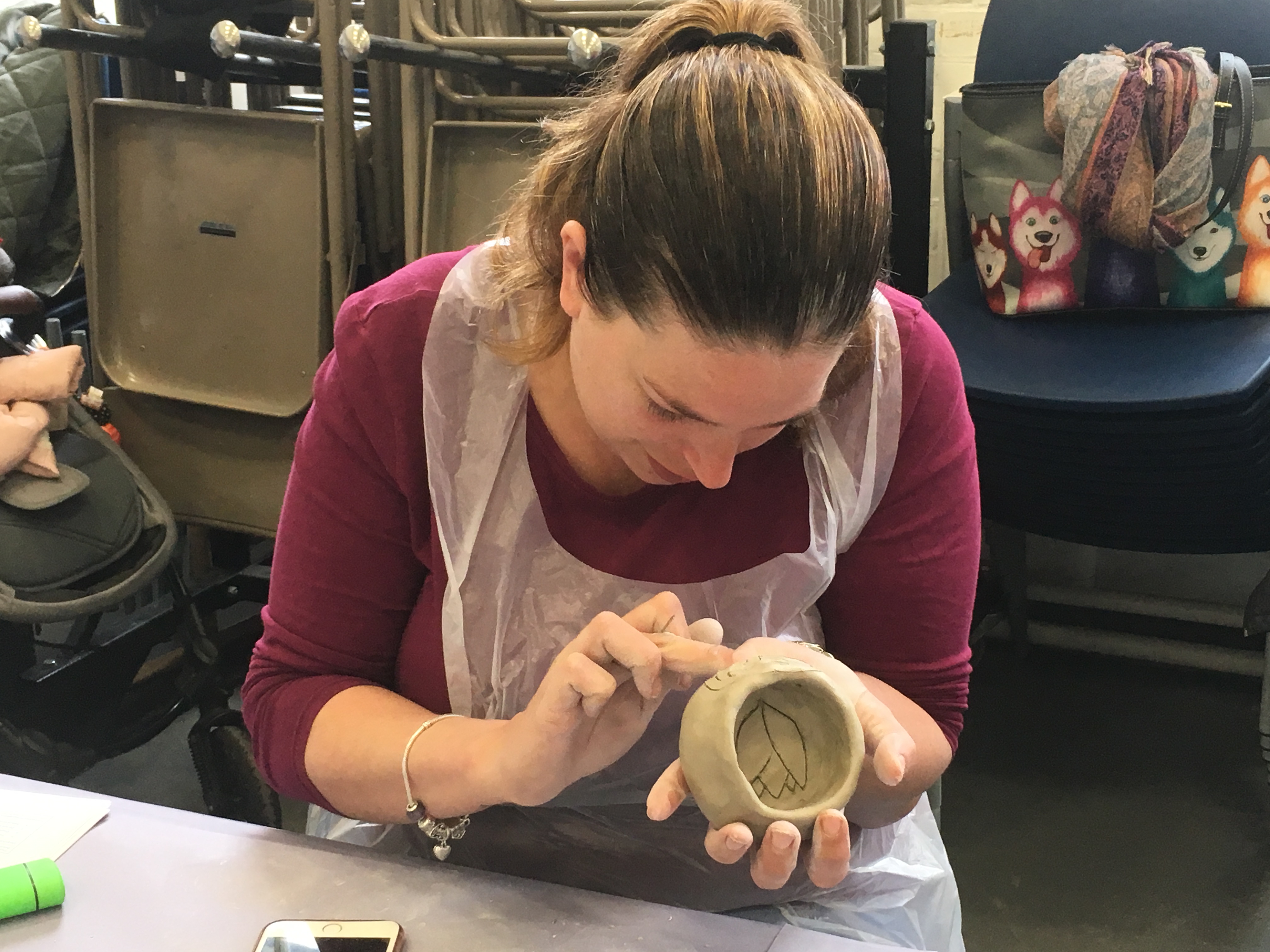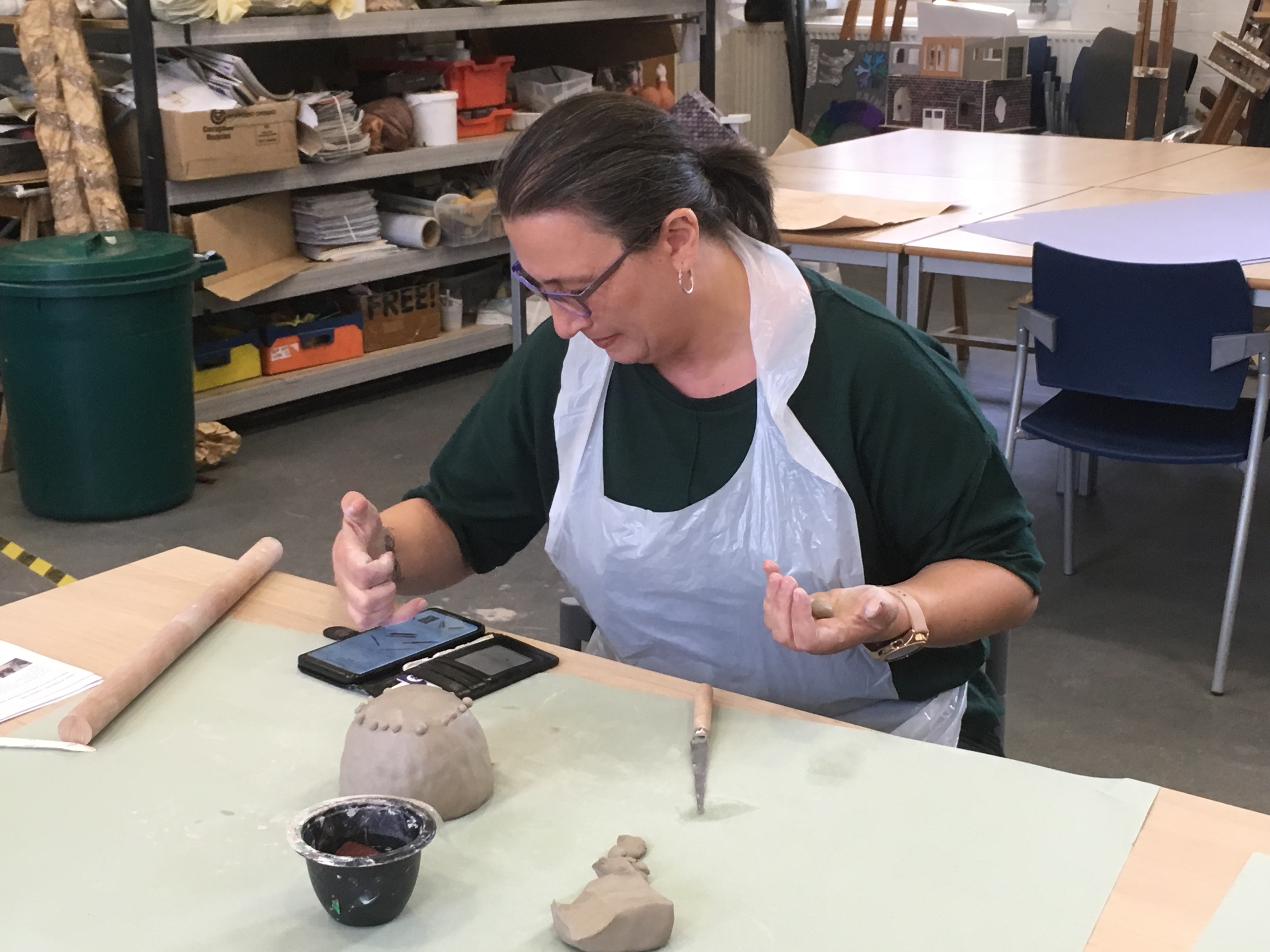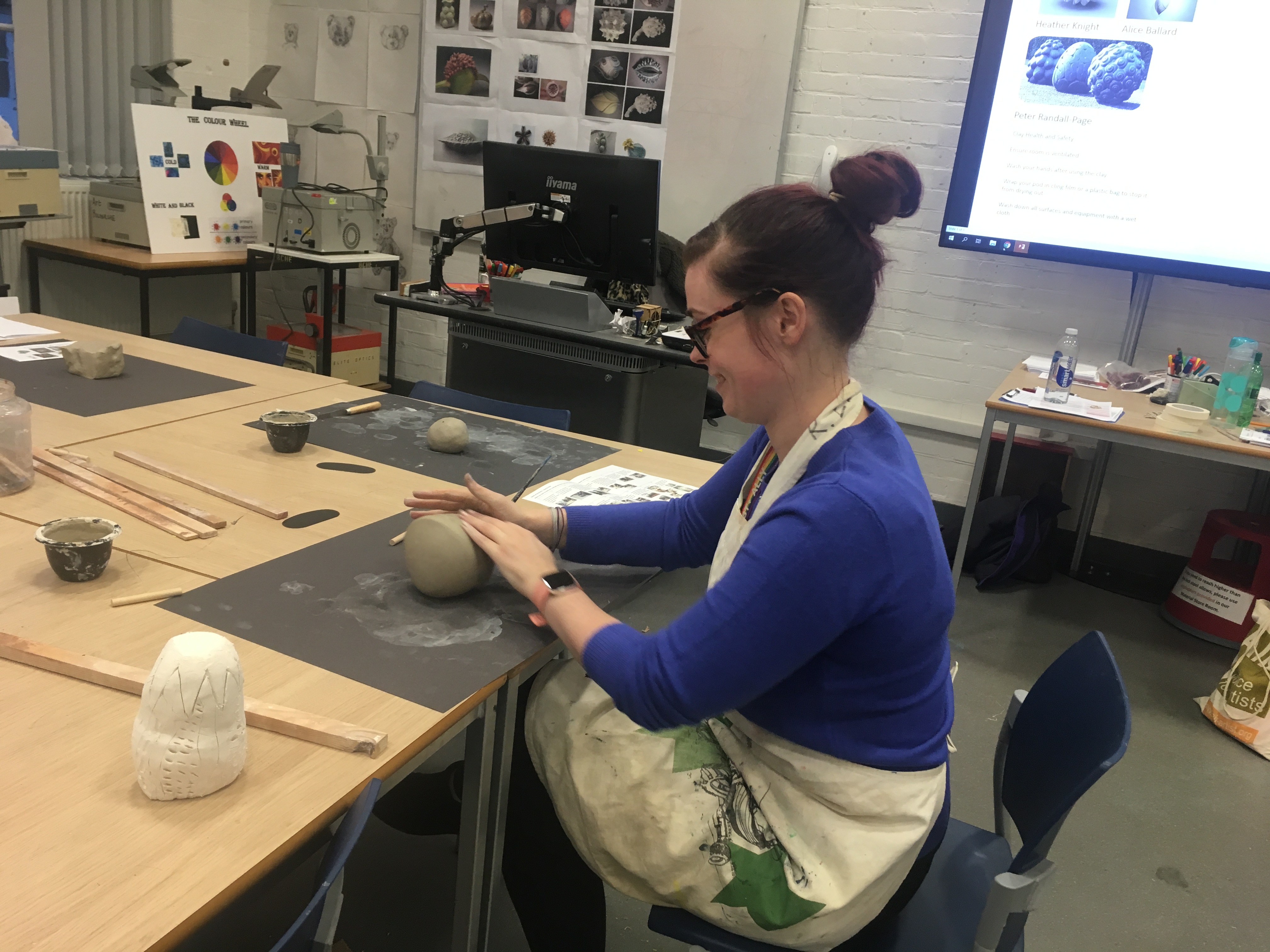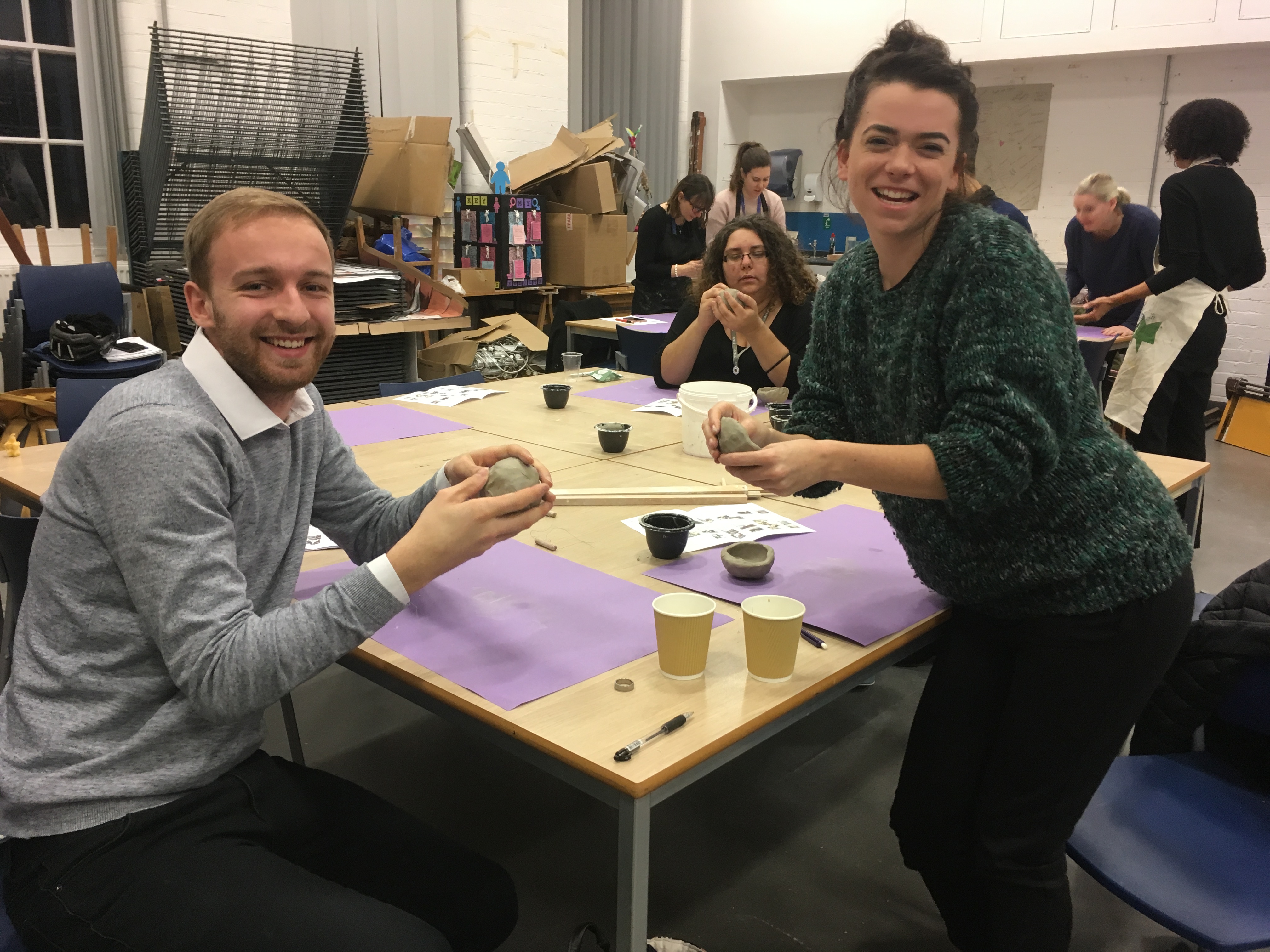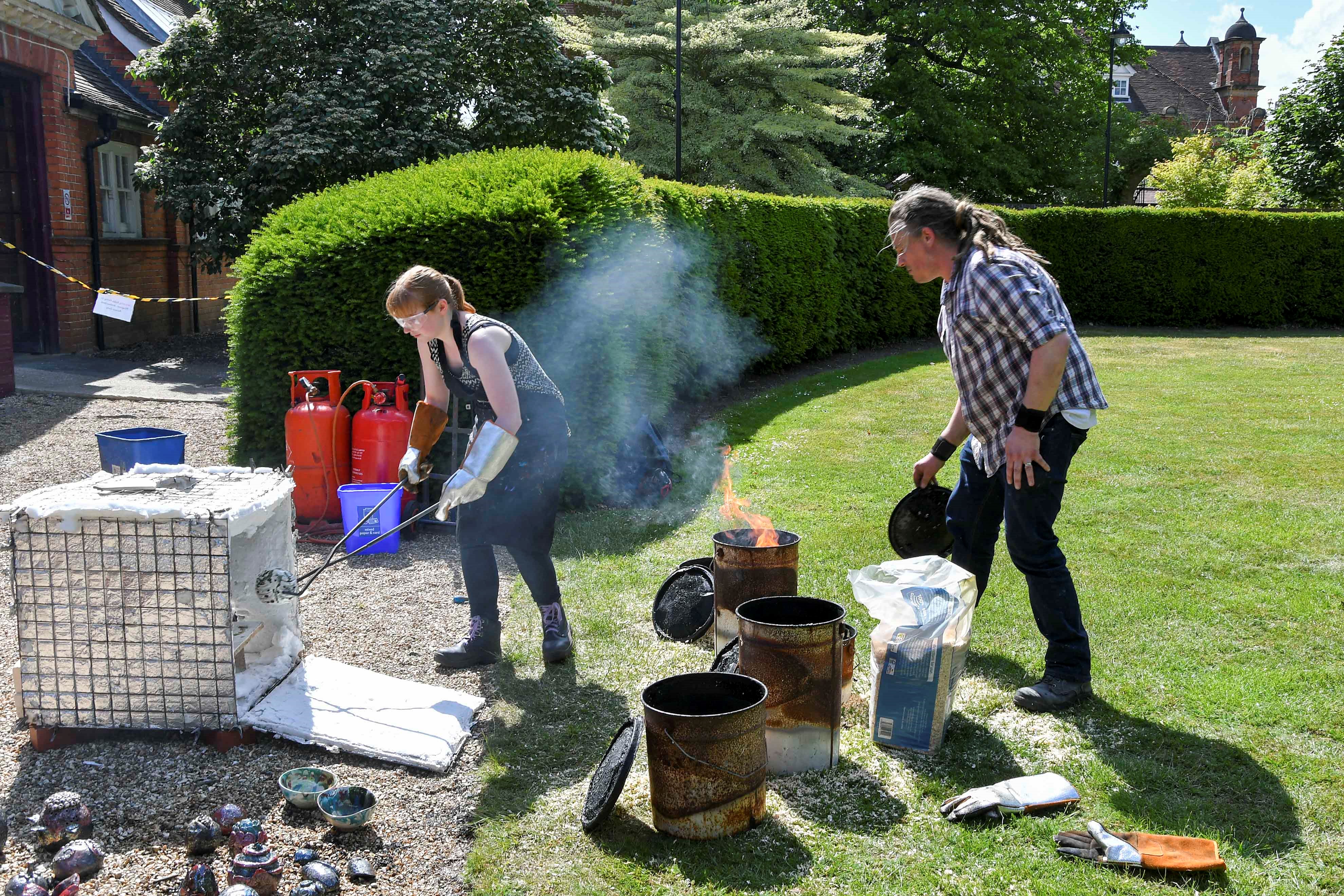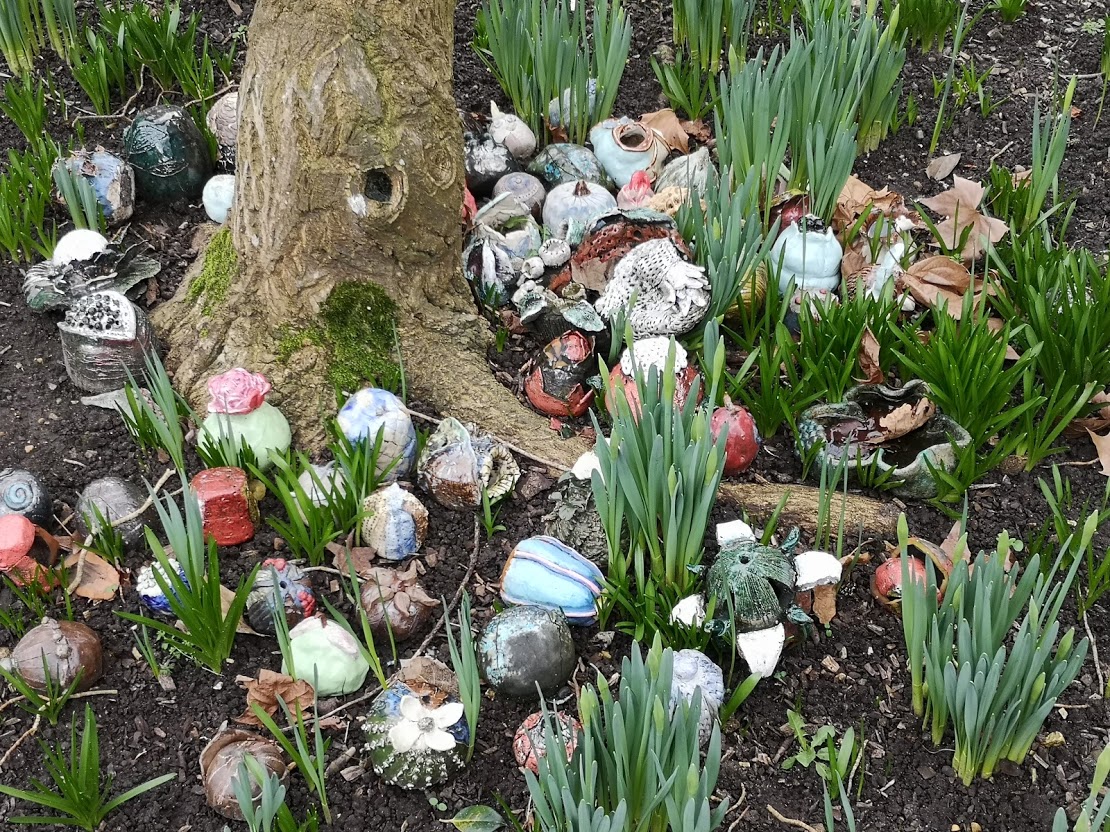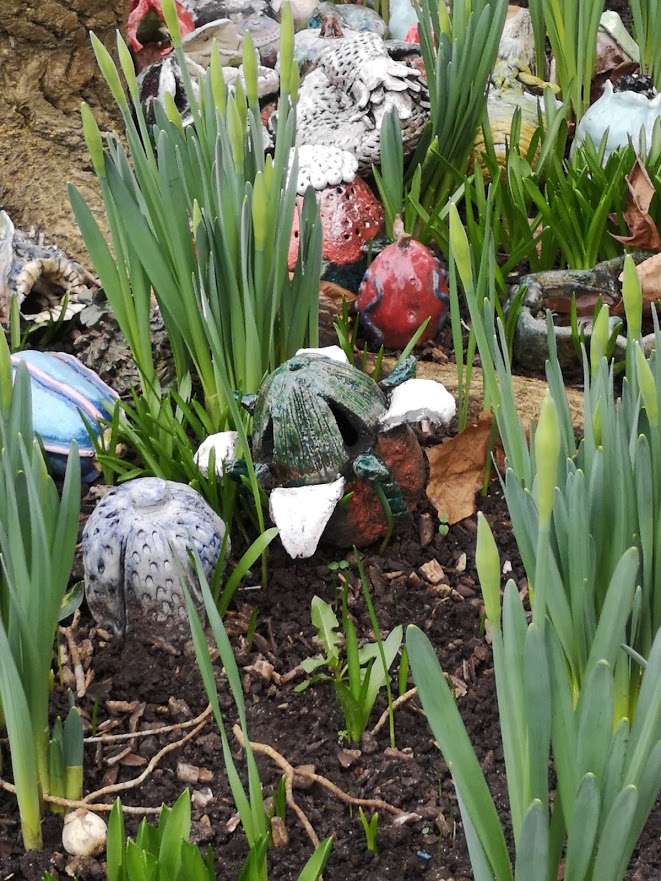Angela Buckingham and the APP Team
Overview
This account explores how the Academic Practice Team re-designed three full days of face to face teaching from the Academic Practice Programme into two mornings of synchronous online teaching using Blackboard Collaborate Ultra (the webinar tool in BB) plus a series of asynchronous self-access sessions.
It is important that as practitioners we reflect on the lessons learnt at each stage: this narrative is an attempt to capture what informed our decision-making processes at the time, and what the impact was.
Objectives
Our objectives were clear: we needed to move the APP from F2F to online delivery within a short time frame, supporting our participants who teach and support learning and trying to retain the ‘heart’ of our programme, whilst designing resources that would enable everyone to engage as flexibly as possible with the materials.
Context
Due to COVID-19, during March 2020, it became increasingly obvious that delivering the next three taught days of the APP at the London Road campus, as we usually do, was not going to be possible.
Currently sixty-eight participants are enrolled onto EDMAP1 and forty-five on EDMAP2, the first two modules of the UoR’s Academic Practice Programme (the APP). The APP is credit-bearing at Level 7 and is an Advance HE accredited programme. Successful completion of the relevant modules results in Associate and full Fellowship (AFHEA and FHEA) and is linked to probationary requirements for many of our colleagues.
Postponing or cancelling the APP was therefore not an option: it is an institutional requirement. Any changes we needed to make had to be balanced against the requirements of meeting the Assessable Learning Outcomes and alignment with the programme’s Advance HE accredited status.
Implementation
We felt that we were standing on shifting sands: we would pin down one idea, only for the context to change rapidly and the next day for it to seem unfeasible. Our initial ideas around creating an online teaching conference, with live forum tasks facilitated by our team and a range of online classrooms for staff to drop into were rather ambitious. At one point, sitting in the library cafe, brainstorming ideas, we assumed academics would ‘just be at home anyway, with this time set aside in their diaries’. The following day we began to realise the extent to which everyone, ourselves included, would be juggling caring responsibilities, home schooling, anxiety over the safety of loved ones and of income streams, sharing workspace, bandwidth and devices. Friends got sick. We realised we might get sick. Everyone was adjusting to new roles and priorities. The day after that, we packed up our laptops, left Blandford Lodge and began working from home.
We looked at the original schedule for the three taught days. We realised that ‘finding the best technological tools’ was a red herring and that it was definitely not a matter of transferring a two-hour session at eleven o’clock into a webinar at that time instead. We returned to our defining pedagogical principles. We stopped looking at timetabled ‘sessions’ and returned to our Learning Outcomes and ALOs. We re-read our module handbooks. We asked, what had to be covered? What couldn’t be altered? What is precious about the APP and what do our participants tell us again and again they value most? We held many virtual meetings and we drew up new plans.
We realised it was essential to be pragmatic. We had very little time. We recognised the value of keeping it simple.
The workload was shared out. We designed webinars to allow active learning tasks to be retained. We all shared our notes so that if someone couldn’t make a session, we had the skills to cover it. Within the team we had expertise in facilitating webinars using Blackboard Collaborate, making screencasts, audio-narrated PowerPoints and designing and moderating Blackboard discussion forums, and those with expertise were able to provide guidance to others. Most importantly of all, we reminded ourselves how to create and nurture a social community online by using announcements, by emailing our tutees, by creating e-tivities and by skilled use of the webinar tools. We kept returning the Learning Outcomes.
We were also committed to retaining the APP ethos of incidental learning and sharing that occurs in our ‘community’ when academics from across the University all meet together in one space. On the first day, we opened our webinar ‘doors’ early, referred to it as the coffee room, and our participants came in and shared their news, some bringing their children and pets on camera, showing us where they were working from, greeting each other from the ‘other side’. We put on our ‘teaching clothes’ and came on camera, to be a visible, welcoming and reassuring teacher presence.

Impact
What worked? There were fewer technical issues than we expected and everyone appeared to have headsets. We set up and moderated our own webinars and the engagement was incredible: we had many participants active in the chat box and on mic. We used a collaborative, constructivist, dialogic approach just as we do during our face to face delivery.
We successfully modelled a broad range of tools and techniques for online learning, including Application Share and the Breakout rooms on a large scale in Collaborate, and a number of tools referred to above for self-access learning. We used polls, voting, wikis. We scaffolded offline tasks as much as we could and realise now that even more signposting would have been helpful.
The feedback has been incredibly positive and shows that the participants really appreciated the work we had done in a short space of time to move the APP online. For us, it was hard work but so rewarding and we were delighted to find such a strong sense of community and camaraderie in the online space.
Reflections
We are aware that longer term, it can be challenging to build an online community, particularly when participants have not already met each other and bonded: this cohort had already spent two full days together in January.
We felt lucky to be catching everyone at the start of lockdown, when online meetings, Teams, Zooms, webinars etc were still something of a novelty. But we still noticed how tiring it is to sit in a webinar, have a break and go back into another one. We encouraged participants to get away from screens wherever possible and to walk around. We tried to follow our own advice.
We do not yet have a sense as to what extent the participants engaged with the self-access materials which would normally be an integral part of our taught days. Blackboard analytics may be helpful here, but will not provide a full picture. Some participants have been in touch to say they have found them very helpful, but we have to accept that, for a range of reasons, others may never engage with them.
Follow up
The planning continues. We have four more taught days to re-design: two in July and two in September. We worry about workload for our participants and we keep in touch with Advance HE. We still have a lot of meetings online to discuss next steps. Our mantra still revolves around going back to the Learning Outcomes, thinking about student and teacher presence and keeping it simple.
We keep notes, save emails and try to keep a record of what we’ve done. We know that this is evidence-informed reflective practice.
We hope you find this account useful to prompt your own reflection. Good luck and stay safe.
The APP Team
Clare McCullagh Programme Director
Jackie Ward FLAIR Administrative Manager
John Knight EDMAP1 Module Convenor
Angela Buckingham EDMAP2 Module Convenor
References and Links
https://www.gillysalmon.com/five-stage-model.html (accessed 07/05/2020)
Anderson, T., L. Rourke, D.R. Garrison and W. Archer (2001). Assessing teaching presence in a computer conferencing context, Journal of Asynchronous Learning Networks 5 (2).
Beetham, H and Sharpe, R (2019) Rethinking Pedagogy for a Digital Age: Principles and Practices of Design Third edition. Routledge
Garrison, D. R., Anderson, T., & Archer, W. (2000). Critical inquiry in a text-based environment: Computer conferencing in higher education. The Internet and Higher Education, 2(2-3), 87-105.



